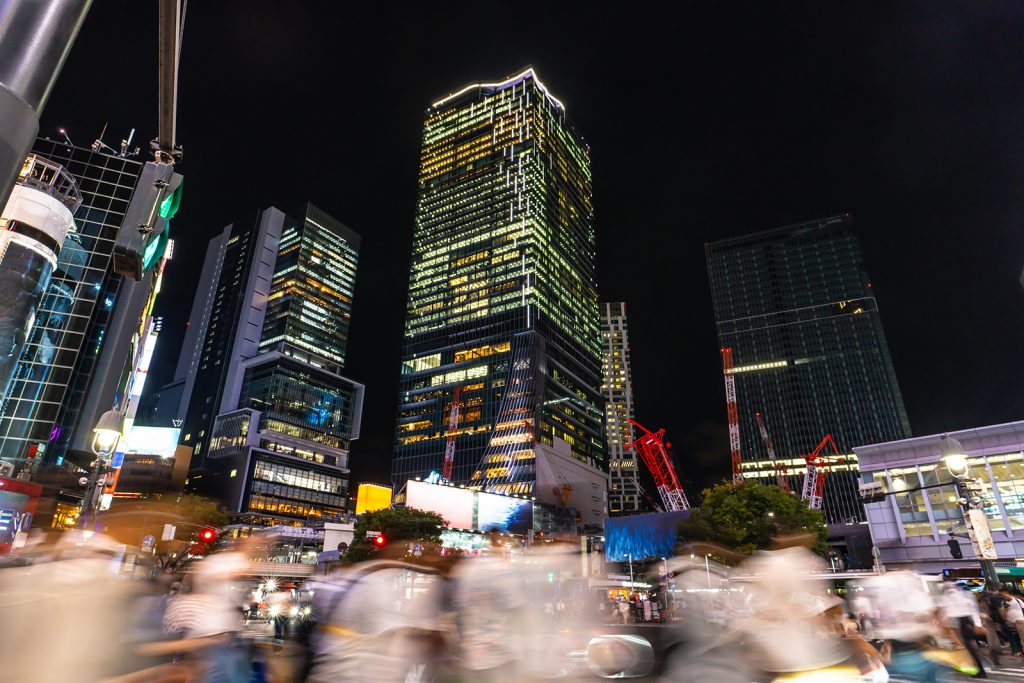Have traffic lights gone crazy in Japan?
If Obelix had had the chance to travel in time to present-day Japan, he would surely have said, “These Japanese are crazy” when looking at their traffic lights.
But why? Aren’t traffic lights the same all over the world? The answer is no. At least not in Japan, where the colors are not the ones we are used to seeing and traffic is not regulated in the same way as in the West.
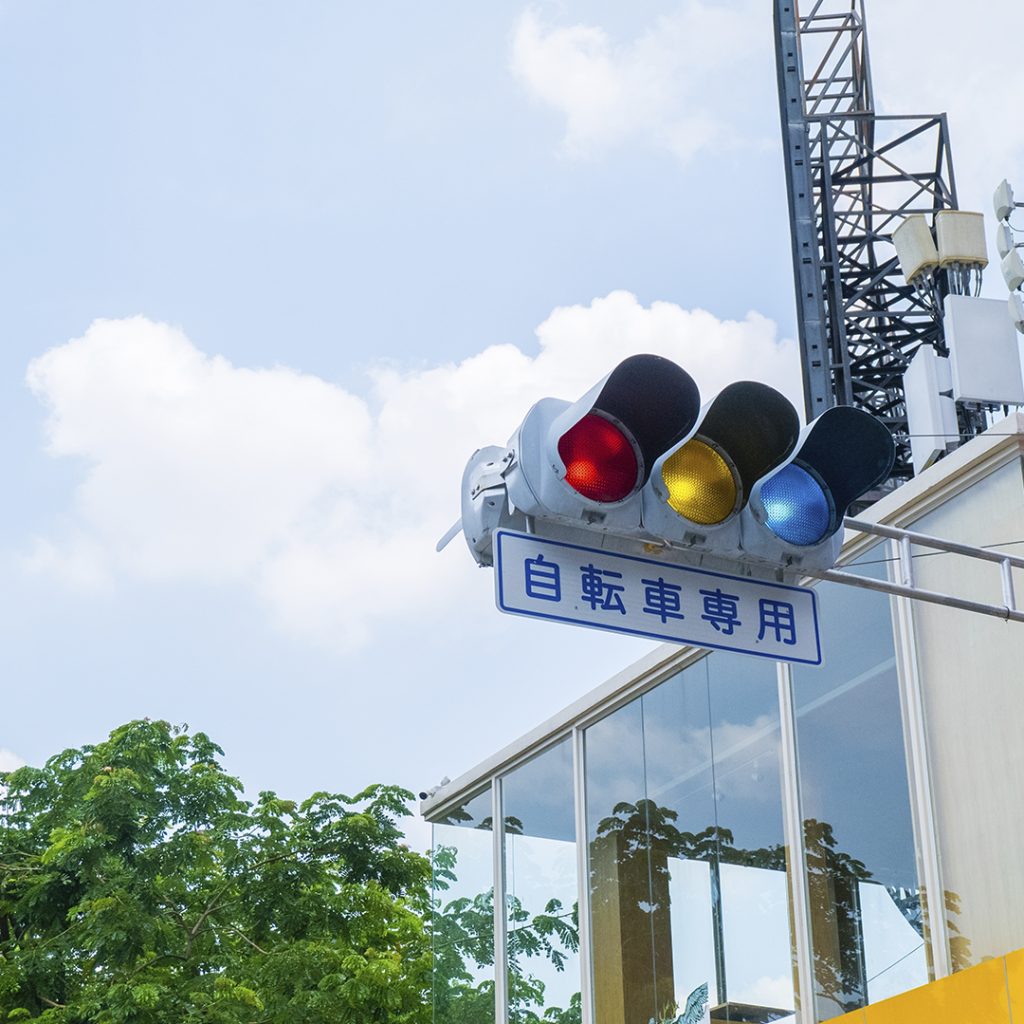
Red, yellow and… blue
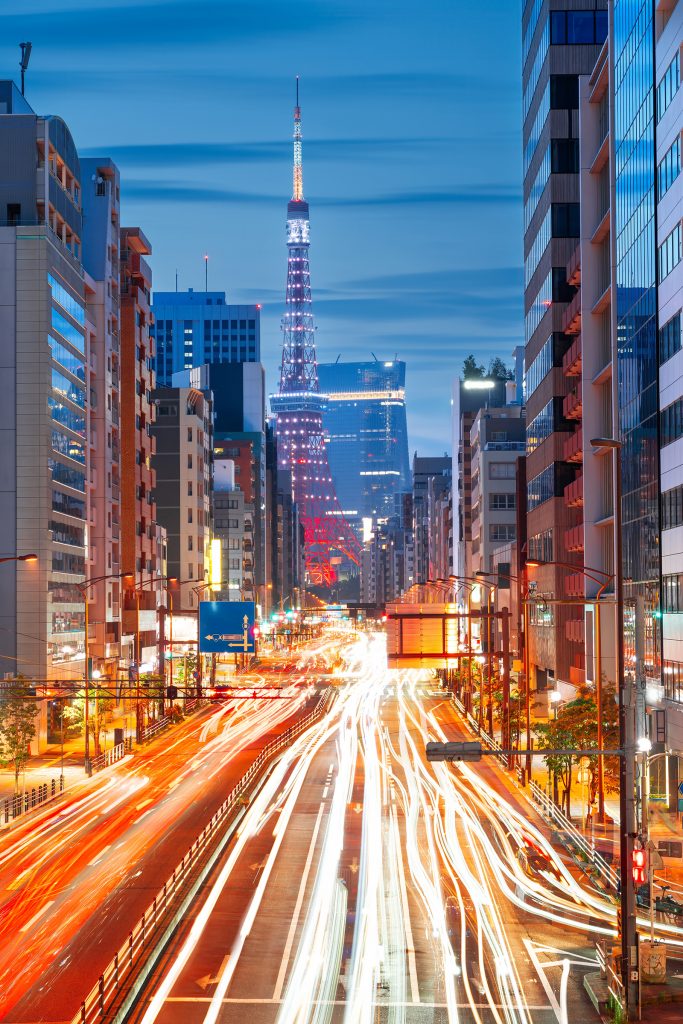
Something that really catches your eye when you arrive in Japan for the first time is that the green color that indicates that you can cross is not green but blue. A greeny blue, yes, but blue.
For the Japanese a few centuries ago, green and blue were the same color; or, rather, they were in the same range. There was no such thing as green, nor was there a word for it. Apples were blue, as were vegetables and grass. Everything was named the same way: ao. But over time and because of the influence of the West, they ended up introducing the concept of green, and began to name it with the word midori.
The first traffic lights installed in Japan followed the color code of Western traffic lights: red, yellow and green. But for many Japanese, green was still blue, causing confusion and controversy. So in 1973, the Japanese government made a Solomonic decision: Japanese green would be a bluish shade.
Today, depending on the area of the country where we are, we can find traffic lights with completely blue lights.
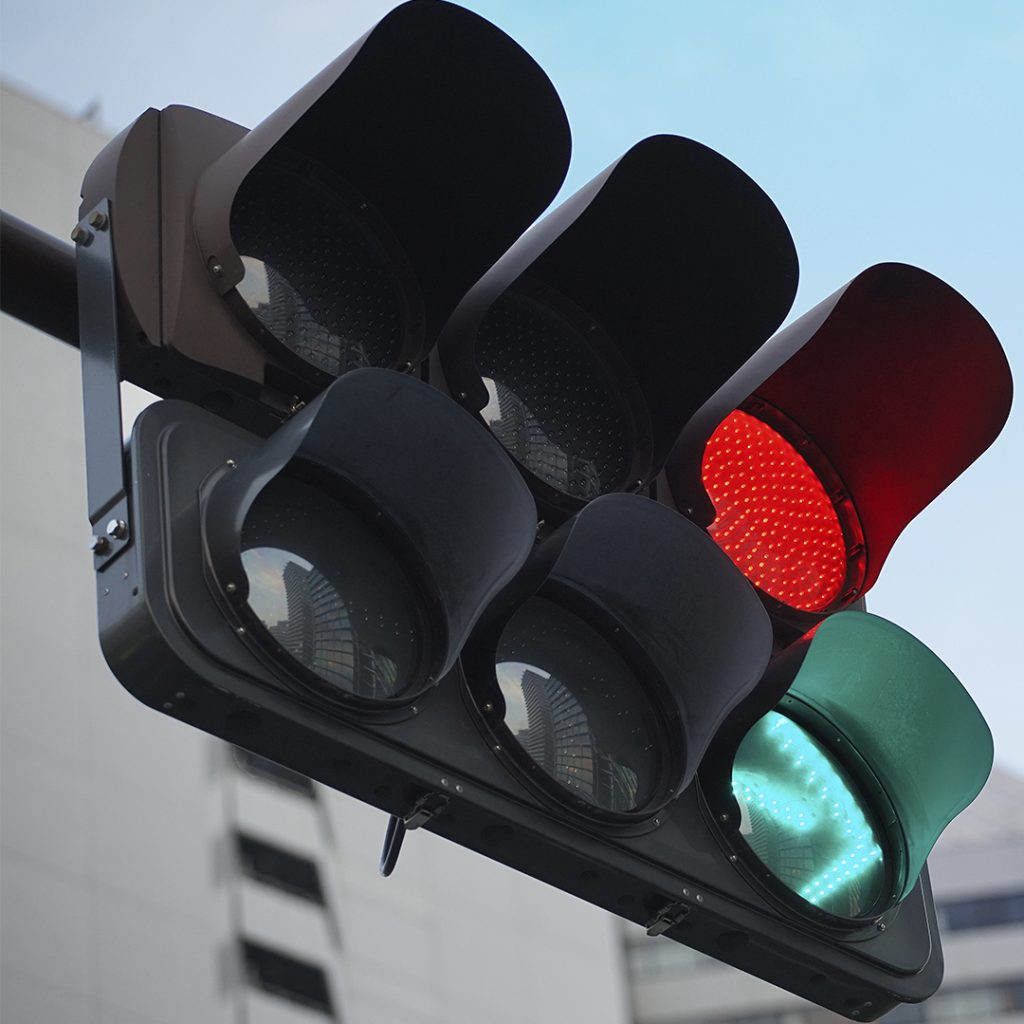
Traffic lights on red and green (blue) at the same time
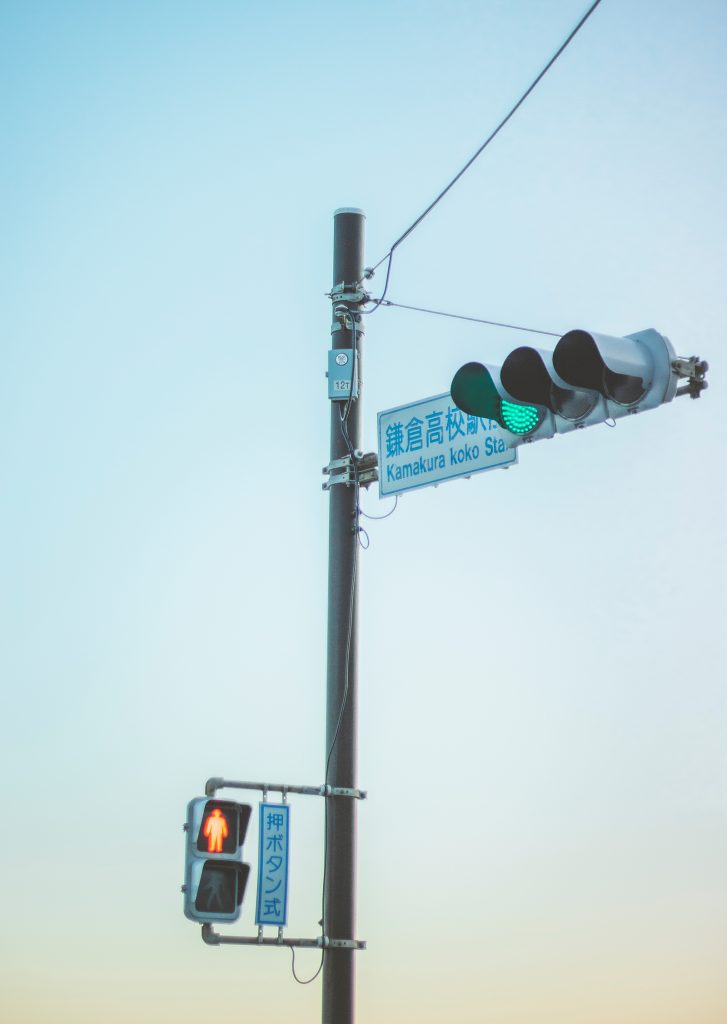
Another unusual thing about traffic lights in the Land of the Rising Sun is that the lights that regulate traffic are both green (or blue-green) and red at the same time. So which one should you pay attention to? The one that lets you through or the one that says to stop?
This may seem like madness or a dangerous mistake, but it actually serves to speed up traffic and prevent accidents. Traffic lights of this type, with several lights, are located at busy intersections where many cars have to turn right (remember that in Japan they drive on the left). Their duration varies depending on the traffic flow. They consist of a red light at the top and several green lights below.
Green lights have turn signal arrows. If the arrow is that color, the vehicle can turn in the direction it indicates, even if the light above is red. If that red light turns amber, it indicates that you can turn, but with caution and only in the direction indicated by the green arrow. And if you see only a red light, you cannot pass.
But pay attention to the amber arrow: this light is only for trams, and cars cannot go when it is on.
The red light, when the turn signals are green, actually indicates that vehicles in the opposite lane are not crossing, i.e., it warns that the crossing is clear. If it turns amber, it indicates that there may still be a vehicle straggling behind at the crossing and the turn must be made with caution.
A hassle? Well, it’s all a matter of getting used to it. And if it works for the Japanese, then there’s nothing to complain about.
